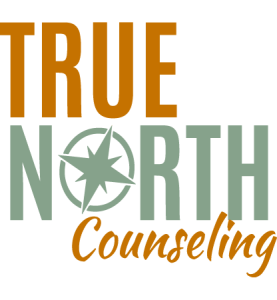Friday Waypoints- 06/21/19
Being a Father
I spent some time this past week reflecting on fatherhood. I look into the mirror and more often than not, I see my father. It scares me sometimes, but not because I don’t like what I see, but because I didn’t expect to see Jerry Neese in the mirror. My father was a very handsome man. I loved seeing him put on his suit every morning to go to work. The summer after I graduated from High School, I worked with him as I waited to enter the Air Force later that Fall. I loved going to lunch with him and his staff and I was so proud to be his son. I remember the morning he drove me to the airport to travel to San Antonio to enlist. He told me that he was a little envious of me because of the the new journey that I was beginning. It’s a wonderful memory. I do not remember ever have a cross word with him. I never remember a feeling of disappointment from him.
We clinicians describe that as having a strong attachment figure. It didn’t stop at 18 years old. It continued until the day he died at 82. I remember those hugs from a 6’ 4” man. I had to step on my tippy toes to hug my father. We said that we loved each other.
John Bowby wrote, “Throughout the adult life the availability of a responsive attachment figure remains the source of a person’s feeling secure. All of us, from cradle to the grave, are happiest when life is organized as a series of excursions, long or short, from the secure base provided by our attachment figures.”
My life has been a series of long and short excursions from the secure base of my father’s (and of course my mother’s) love and acceptance. And they have been happy excursions!
Thank you Dad for being a loving, gentle and strong father for me and my brothers and sisters.
Electronic Nicotine Organization
I’ve been asked to sit on the advisory panel for Electronic Nicotine Organization. Tom Popescu recently started this organization to address the problem with Teenagers using nicotine vape pens. We will look back on these days and see them as pivotal for preventing this young generation from becoming addicted to nicotine and cigarettes. Support this organization!
Tom Popescu, the President of ENO writes, “Our goals are to: educate youth and adults of the consequences of electronic cigarettes, inform policy makers and help shape the debate, utilize social media influencers to expand awareness, counteract the marketing efforts of vaping and tobacco companies, create a support platform and resources for users who are addicted, and develop a mobile app for on demand counselors for users and research.”




